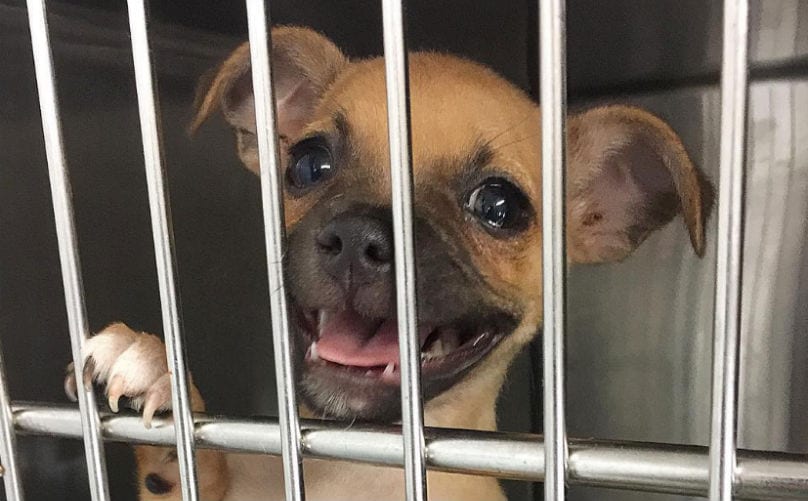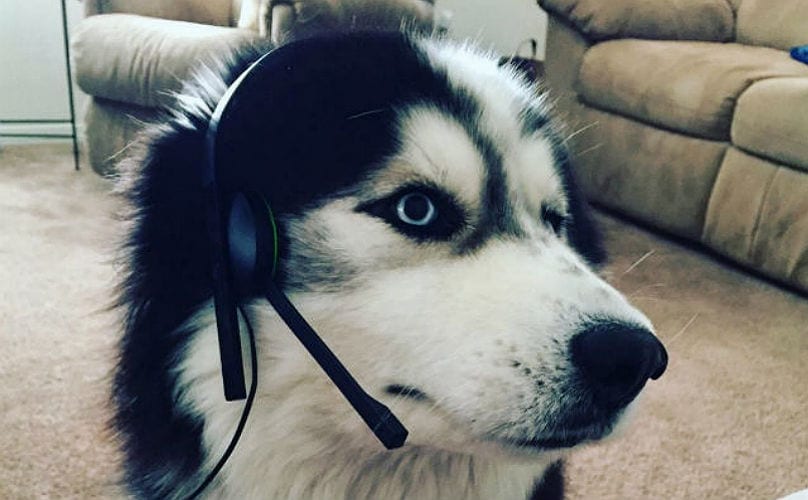If I took a poll, I think it would be pretty safe to assume that every dog owner would admit to talking to his or her pooch. I imagine some people are more comfortable sharing things with their dog than they are, say, a close relative or professional psychiatrist. That’s how deep the human-dog bond can get.


If you fall into that category of talking to your dog ( and I mean full out conservations),then don’t worry. You’re not crazy and you’re definitely not alone.


As it turns out, pet-directed speech is a common linguistic phenomenon in today’s modern world. Similar to the way you talk to a baby, pet-directed speech is characterized by exaggerated pitch and intonation that you would be embarrassed to be caught using to communicate with another human. Or would you?


In a world filled with technology that minimizes our face-to-face communication, our ability to talk directly with other people seems to have been stunted.
[bp_related_article]
This shift has resulted in an endless quest to find a way to talk to people without, you know, actually talking to them. This is where pet-directed speech comes in handy.
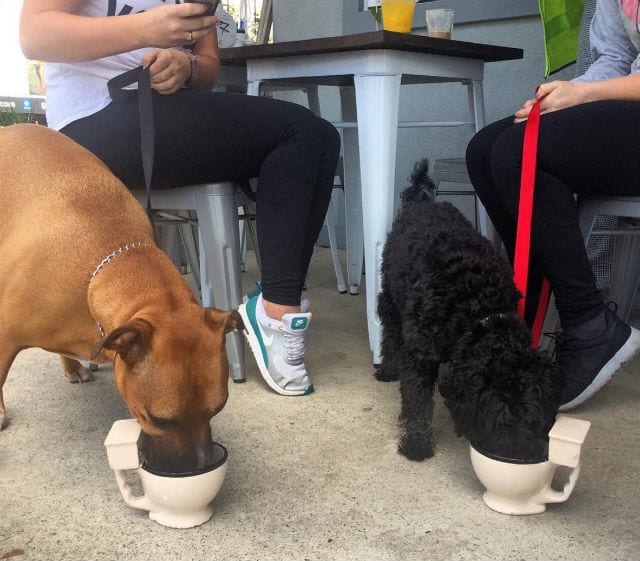

When we talk to our dog in public, often times we are using pet-directed speech as a mask for human-directed speech. A great example is if you have ever heard someone politely ask their barking dog to quiet down. By communicating this message to their dog, what they are really saying is that they acknowledge your presence and are sorry their dog is being so loud right now.


Through this simple pet-directed sentence, humans are able to perform both locutionary and illocutionary speech acts simultaneously. The locutionary speech acts are those at the surface of their message: “Dog, please stop barking.” The illocutionary speech acts are those that convey what they really mean: “I’m so sorry my dog is disturbing you, I really am trying to quiet him down.”
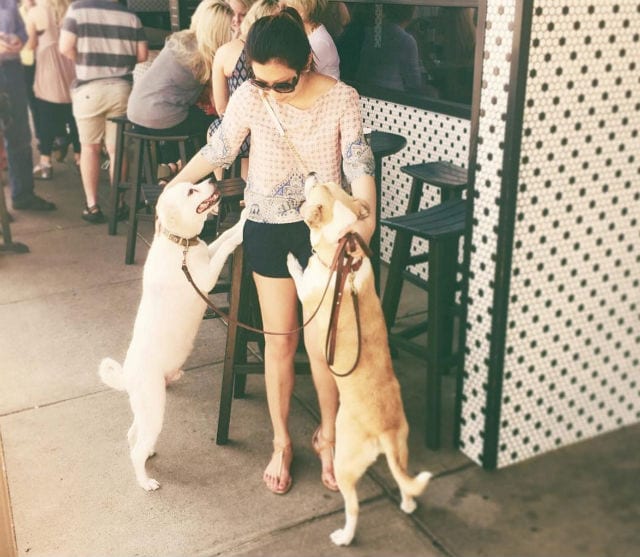

By using pet-directed speech, we are able to communicate a message without actually engaging in conversation. It’s the perfect way to save face and avoid the perceived awkwardness of making small talk with a stranger.
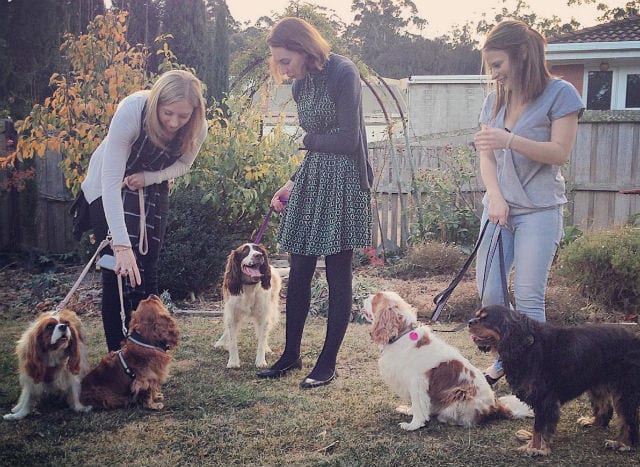

Now just imagine if our dogs could actually talk; we probably wouldn’t have a need to speak to another person ever again!
H/t to Slate
Featured image via @jjjj2188 / Instagram




